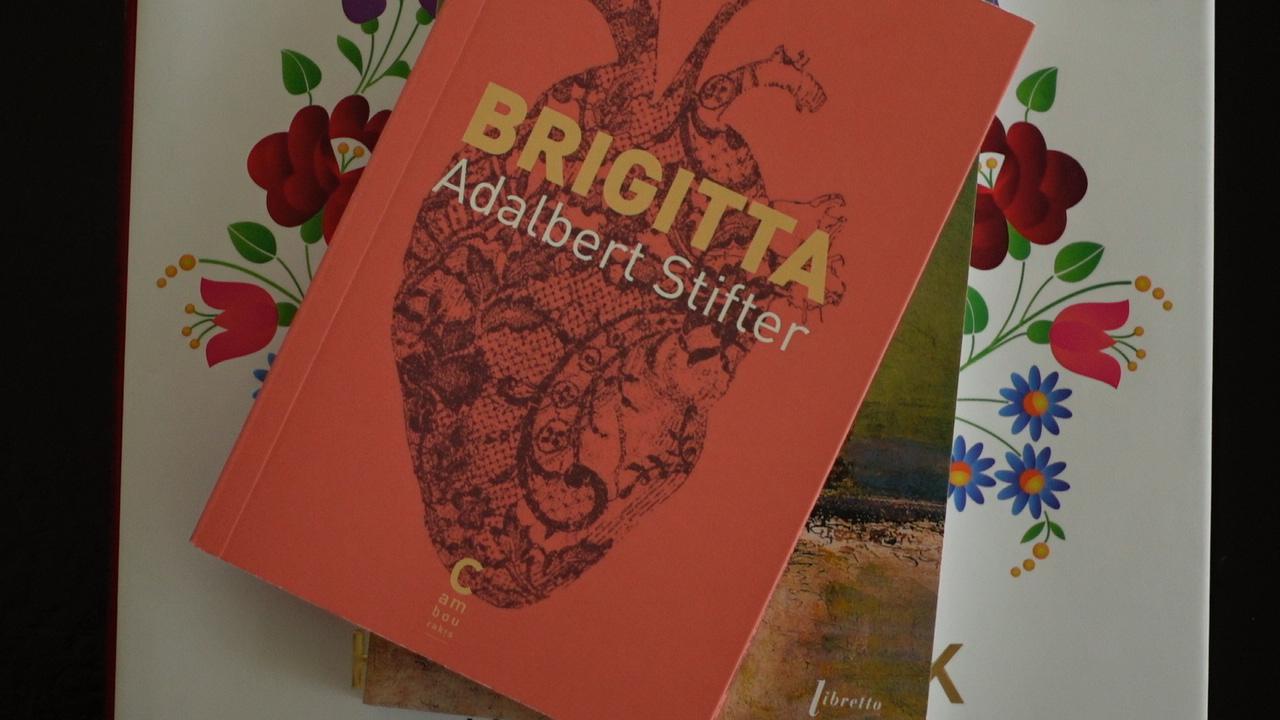Hello friends, and welcome to our 13th day in the Medieval Advent Calendar.
Today, things are getting spicy ! Literally I mean, don’t get any crazy ideas. Spices coming from the Orient have defined luxury in the Middle Ages, and I was lucky enough to find the right book at the right time, in order to learn more about this.
The city of Provins, located in the greater Paris area, knew its glory days during the Middle Ages, mainly thanks to the local commerce of all types of merchandise, including spices brought from far far away. So it was only natural that I would find the perfect book on the subject here, as this year’s winner of the Provins Medieval Book Prize. Founded by the local administration in 2007, the Provins Book Prize awards fiction and nonfiction writing dedicated to the Middle Ages. And in 2024, historian and professor Michel Balard, won the prize for his History of Spices in the Middle Ages. The ceremony was held in one of Provins’ hidden treasures, the Saint-Ayoul Priory, dating back to the year 996, and I was lucky enough to be present.
The book is the kind of historical document you’re lucky to have on your shelves, since you can go back to it each time you have a dilemma. And for someone as passionate about taste as I am, this is quite often. You get to learn the origin for every spice and exotic herb imported during the Middle Ages, the context in which they were cultivated and the explorers who started the trade. From the Silk Road to lesser known circuits from African territories, this is an invitation to travel. I loved the inventories of different apothecaries who kept their stock very well documented, it felt like a window into their treasure box.
And of course, spices were used for cooking as well as for health remedies, one of the most famous medieval recipes we still make today being gingerbread. It’s worth mentioning the gingerbread cookies known in the AngloSaxon world date from the 16th century, but they were inspired by the French pain d’épice, literally translated as bread of spices. In the form of a loaf, or a cake, it is the transformation of a honey bread known from antiquity, to which spices were added at the time of the crusades. The recipe was transmitted mainly through monastic archives, and certain regions, like the French Alsace, became famous for their production of pain d’épice.
I’m making my version today with a slight twist, since I don’t like to heat up honey. I’m replacing it with date molasses, you could use classic molasses if you wish, or honey if you don’t mind heating it. And in honor of King Arthur, I’m using buckwheat flour from Brittany instead of the classic wheat and rye mix. For the spices, it’s a bit of a chef’s choice, I’m going with cinnamon, nutmeg, ginger and cloves. In France you often find anise seed in the mix, but I’m not a big fan. Zest of an orange, baking powder, eggs and milk, you’ll find the exact quantities on my website. Pour the mixture into a cake tin and bake at 160°C/320°F for one hour. Then let it cool completely before taking it out of the tin. This goes with everything, toast a slice and put some foie gras on top, spread some nut butter and honey on top, or simply eat a slice with your cup of tea. It’s Medieval Christmas at its best !
Until tomorrow, Merry Advent !






